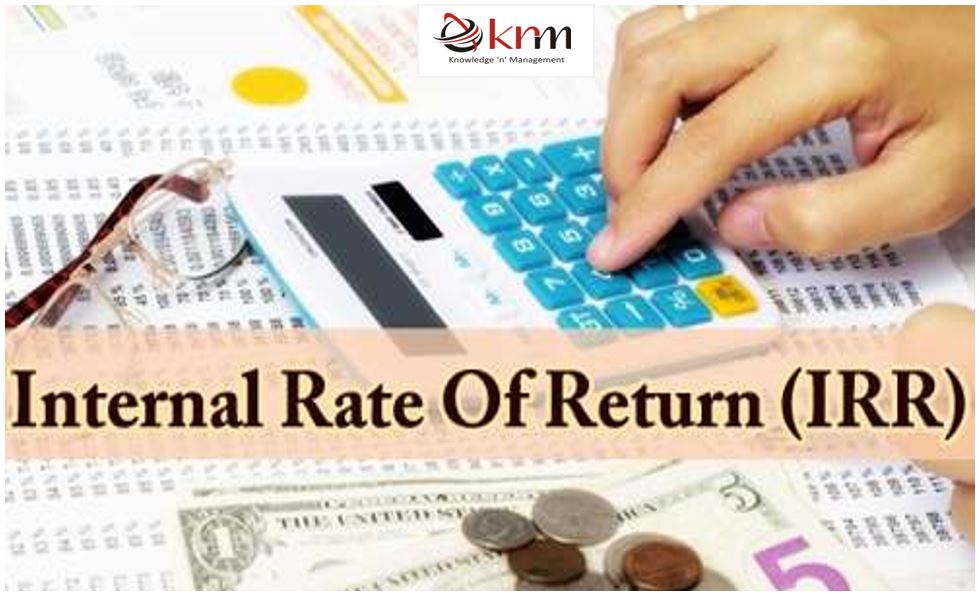Understanding IRR
IRR, or internal rate of return, is a financial metric used to measure the profitability of an investment. It is often used in capital budgeting to determine whether a project should be undertaken or not. In this blog post, we will go over the basics of IRR and how it is calculated.
What is IRR?
IRR is the discount rate at which the net present value (NPV) of an investment is equal to zero. In other words, it is the rate at which the present value of the cash inflows from an investment equals the present value of the cash outflows. This means that if the IRR is greater than the required rate of return, the investment is considered profitable. In simple words IRR is the intrinsic rate of return that an investor will earn if he/she invests in that project.
How is IRR calculated?
The calculation of IRR can be complex, but it is typically done using a financial calculator or spreadsheet software. The formula for IRR involves finding the discount rate that makes the NPV of an investment equal to zero. This can be done using trial and error, or by using a built-in function in financial software.
Here’s an example to illustrate how IRR is calculated:
Let’s say you are considering investing in a project that will cost $100,000 upfront and will generate cash inflows of $30,000 per year for the next five years. To calculate the IRR, you would first calculate the NPV of the cash inflows and outflows using a discount rate of 10%.
The NPV would be:
NPV = -$100,000 + ($30,000 / 1.1) + ($30,000 / 1.1^2) + ($30,000 / 1.1^3) + ($30,000 / 1.1^4) + ($30,000 / 1.1^5)
NPV = -$100,000 + $27,273 + $24,794 + $22,540 + $20,491 + $18,629
NPV = $13,727
Since the NPV is positive, the IRR must be greater than 10%. The higher the rate of discount lower will be the NPV and vice versa.
To find the IRR, we would then use a financial calculator or spreadsheet software to solve for the discount rate that makes the NPV equal to zero. In this case, the IRR would be approximately 18.3%.
Areas of use of IRR
IRR calculations can be used in various areas such as:
– Investment analysis
– Capital budgeting
– Project management
– Real estate analysis
– Mergers and acquisitions
– Business valuation
– Financial planning and analysis.
What are the limitations of IRR?
While IRR is a useful metric for evaluating investments, there are some limitations to its use. One limitation is that it assumes that cash inflows are reinvested at the same rate as the IRR, which may not always be the case in real-world scenarios. Additionally, IRR can be sensitive to changes in cash flows or discount rates, which can make it difficult to compare investments with different cash flow patterns.
Conclusion
IRR is a powerful tool for evaluating the profitability of investments. By calculating the discount rate at which the NPV of an investment is equal to zero, investors can determine whether a project is worth pursuing or not. While there are some limitations to its use, IRR remains a valuable metric for evaluating investments and is widely used in capital budgeting.


